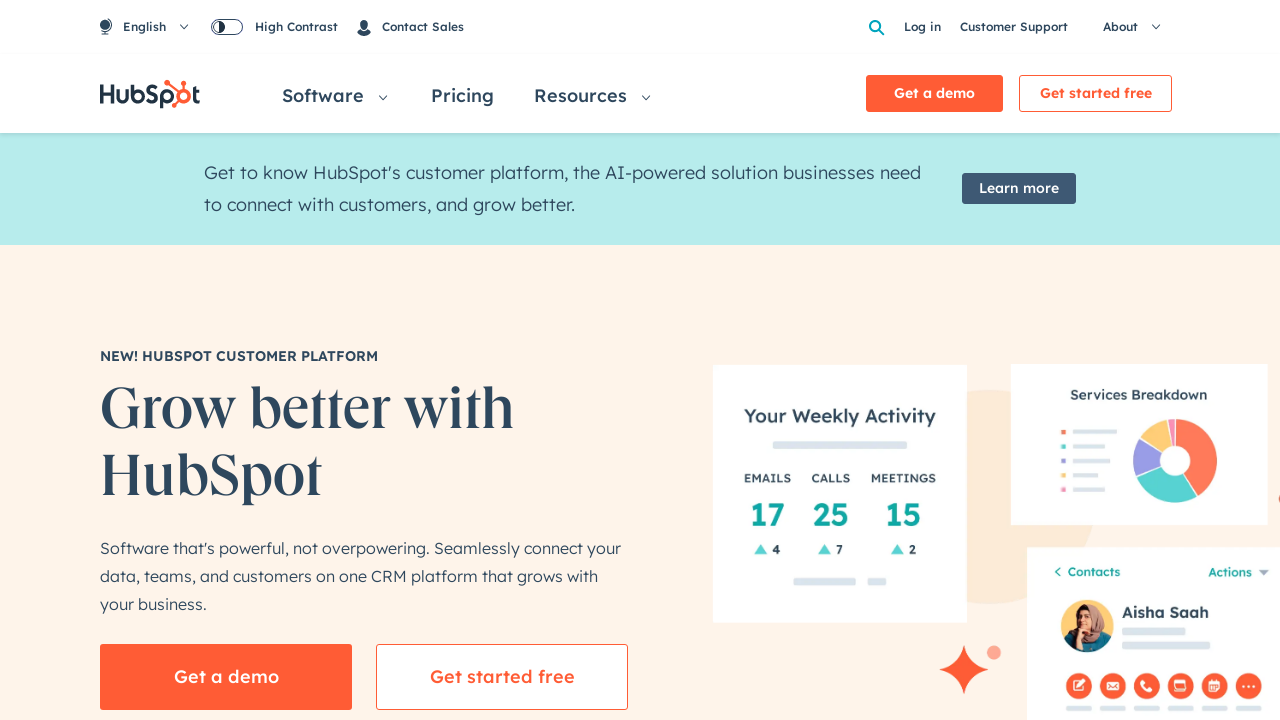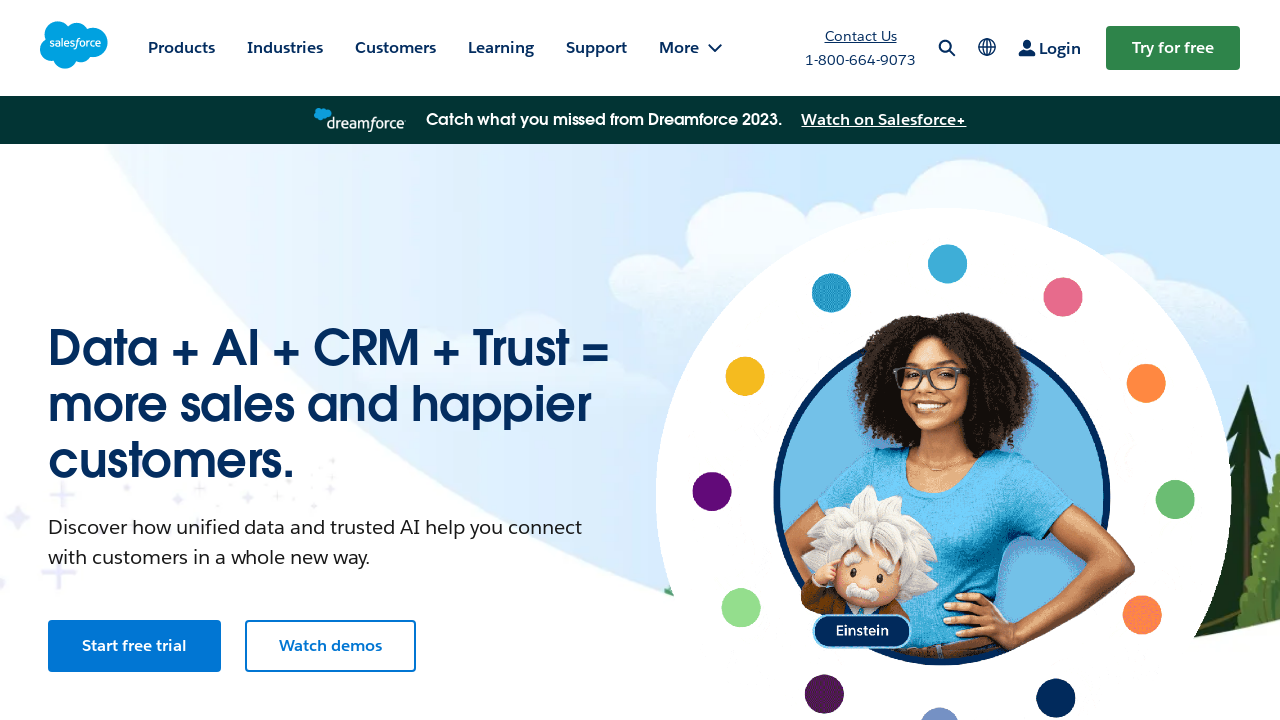The Ultimate Guide to B2B Marketing Newsletters: Strategies for Success

Hey there! So, you're ready to dive into the world of B2B marketing newsletters, huh? Well, buckle up because we've got the ultimate guide just for you. Whether you're a savvy marketer or someone looking to boost their business game, this article will give you all the juicy strategies you need to succeed with those B2B newsletters. Get ready to turn your subscribers into loyal fans, engage like never before, and watch your business thrive. Let's get this newsletter party started!
What is a B2B Marketing Newsletter
Definition and Purpose
B2B marketing newsletters are concise, targeted messages sent to business professionals with the goal of promoting products, services, or thought leadership. Their purpose is to establish brand awareness, nurture leads, and ultimately drive conversions. These newsletters typically contain informative content such as industry trends, case studies, and tips that help recipients solve business challenges.
For example, a B2B marketing newsletter might provide insights on how to effectively utilize social media for lead generation, highlighting best practices and real-world examples. This approach melds theoretical insights with actionable advice, equipping subscribers with valuable knowledge to implement in their own businesses.
Benefits of a B2B Marketing Newsletter
A B2B marketing newsletter offers several benefits.
Firstly, it helps to establish credibility and thought leadership by providing valuable insights and industry trends. This builds trust with subscribers and positions the sender as an expert in their field.
Secondly, it creates opportunities for relationship-building with potential customers. By consistently delivering valuable content, the newsletter keeps the sender top-of-mind and increases the chances of prospects engaging with them. Lastly, a B2B marketing newsletter can drive targeted traffic to the sender's website or blog, generating leads and potential sales.
Creating an Effective B2B Marketing Newsletter
Building a Solid Subscriber Base
To build a solid subscriber base for your B2B marketing newsletter, focus on providing valuable content. Delivering relevant insights and practical advice will attract and retain subscribers. Offer actionable tips and strategies that your audience can apply to their own business.
For example, share case studies or success stories to illustrate how your newsletter has helped others achieve their goals.
Additionally, make it easy for visitors to subscribe by placing clear call-to-action buttons on your website or social media channels. Consistency in delivering quality content and engaging with your audience will ultimately build a strong subscriber base.
Understanding your Target Audience
Understanding your target audience is the foundation of effective B2B marketing. It means knowing who they are, what they need, and how your product or service can solve their pain points. By collecting data and conducting market research, you can gain insights into their demographics, preferences, and behaviors. This allows you to tailor your messaging, content, and strategies to resonate with them.
Offering Valuable and Relevant Content
Offering valuable and relevant content is crucial for a successful B2B marketing newsletter. The content should provide practical insights and actionable advice to readers, avoiding generic information.
Optimizing Subscription Forms and CTAs
Optimizing Subscription Forms and CTAs is crucial for success in B2B marketing newsletters. Keep the forms simple and straightforward, asking only for essential information. Use clear and concise language that highlights the value of subscribing. Place the form prominently and make it easily accessible on your website or landing page. A well-designed CTA can significantly increase conversion rates. Use action-oriented language that creates a sense of urgency or curiosity.
Experiment with different colors, sizes, and positions to find what works best for your audience. Test and optimize your forms and CTAs regularly to continually improve your results.
Designing a Captivating Newsletter Template
When designing a captivating B2B marketing newsletter template, it is important to strike a balance between theoretical insights and actionable advice. To make your content engaging, consider the following:
- Use eye-catching visuals, such as professional images or infographics, to illustrate your points.
- Incorporate concise and compelling headlines that grab readers' attention and entice them to explore further.
- Employ clear and concise language to convey your message effectively. Avoid jargon or complex terminology that may confuse or overwhelm readers.
- Provide practical examples and case studies to demonstrate the value and relevance of your advice without mentioning specific brands.
- Include clear and actionable calls-to-action (CTAs) that guide readers to take the next step, such as signing up for a webinar or downloading a whitepaper.
Remember, your goal is to keep your subscribers engaged and eager to read your newsletter regularly, so make sure your template is visually appealing, easy to navigate, and offers valuable insights and practical takeaways.
Choosing an Eye-Catching Layout
Choosing an eye-catching layout for your B2B marketing newsletter is vital. A well-designed layout can instantly grab your reader's attention and make your content more engaging. To create an eye-catching layout, consider using bold headlines, clear section breaks, and visuals to break up text. Incorporate white space to create a clean and organized look. Experiment with different fonts and colors to add visual interest.
For example, you can use pull quotes or call-out boxes to highlight important information. Remember, a visually appealing layout can enhance your message and entice your readers to continue reading.
Using High-Quality Branding Elements
Using high-quality branding elements is vital for B2B marketing success. Consistent branding across different channels helps to create a strong and memorable brand image. This includes using consistent logos, colors, fonts, and messaging. These branding elements should be tailored to resonate with the target audience and aligned with the company's values and positioning.
For example, a tech company may use sleek and modern branding elements, while a financial institution may opt for a more traditional and trustworthy approach. By maintaining high-quality branding elements, businesses can establish credibility, increase brand recognition, and attract and retain customers.
Incorporating Engaging Visuals
One of the most effective ways to capture and hold the attention of your B2B audience is to incorporate engaging visuals into your marketing newsletter. By using images, infographics, and videos, you can bring your content to life and make it more visually appealing. This not only helps to break up text-heavy sections, but also makes it easier for readers to understand complex concepts or data.
For example, instead of describing a product’s features in a long paragraph, you could include a visually appealing infographic that highlights the key benefits. By incorporating engaging visuals, you can enhance the overall user experience and increase the chances of your B2B audience actively engaging with your newsletter content.
Crafting Compelling Content
Crafting compelling content is essential for B2B marketing newsletters. It requires a balance between theory and actionable advice.
Start by understanding the target audience and their pain points. This will help shape the content to resonate with their needs. Use data-driven insights to support your claims and offer practical examples that are relatable to your readers.
Make sure to focus on clear and concise messaging. Use strong headlines and subheadings to grab attention and break up the text. Add visuals and use storytelling techniques to engage your audience and keep them invested in the content.
Lastly, always provide a clear call-to-action, whether it's to subscribe, sign up for a webinar, or download a resource. Remember, compelling content is about providing value and building trust with your audience.
Writing Attention-Grabbing Subject Lines
Writing attention-grabbing subject lines is crucial in B2B marketing newsletters. To capture the reader's interest, keep the subject line short and concise. Use compelling language and create a sense of urgency or curiosity.
For example, "Limited time offer: Boost your ROI with our latest strategies" or "Exclusive invitation: Join our webinar with industry experts." Personalization can also make a subject line more enticing, such as addressing the recipient by name. Experiment with different subject lines, test their performance, and refine your approach based on the results. Remember, the subject line is your first impression, so make it count.
Creating Engaging Headlines and Subheadings
Crafting compelling headlines and subheadings is vital for capturing attention and driving engagement in your B2B marketing newsletter. These concise yet impactful phrases must entice readers to dive deeper into your content. A successful headline uses powerful language, arouses curiosity, and addresses the reader's pain points or desires.
For example, try incorporating numbers, asking provocative questions, or using strong action verbs. Similarly, subheadings should succinctly convey the main points of each section, breaking up the content and making it easier to consume. By avoiding generic or overused language and instead focusing on creativity and value, your headlines and subheadings can truly stand out and captivate your audience.
Showcasing Expertise and Thought Leadership
Showcasing expertise and thought leadership is vital for success in B2B marketing. By positioning yourself as an expert in your field, you can build credibility and trust with your audience. One effective way to showcase expertise is through thought leadership content, such as whitepapers, articles, or webinars.
Maximizing Engagement and Conversion
Implementing Effective Email Marketing Strategies
Implementing effective email marketing strategies is crucial in B2B marketing newsletters. To optimize engagement and drive conversions, personalized and targeted content is key. Segmenting the email list based on industry, job function, or past interactions allows for tailored messaging that resonates with recipients.
Additionally, optimizing subject lines and preheaders to grab attention and clearly communicate value is essential. Monitoring and analyzing email performance metrics, such as open rates and click-through rates, provides valuable insights for continuous improvement. Testing different elements, such as email designs and calls to action, can further enhance the effectiveness of email campaigns. By focusing on personalization, optimization, and analysis, B2B marketers can maximize the impact of their email marketing efforts.
Segmenting Your Audience for Personalization
To effectively personalize your B2B marketing campaigns, segmenting your audience is crucial. By dividing your customer base into distinct groups based on demographics, behaviors, or interests, you can tailor your content and messaging to their specific needs.
For example, you could create segments for different industries, job titles, or company sizes. This allows you to deliver more relevant and targeted communications, increasing engagement and conversion rates.
Additionally, by analyzing the data from each segment, you can gain valuable insights into your audience's preferences and pain points, enabling you to refine your strategies and drive better results.
A/B Testing and Optimizing Email Campaigns
- A/B testing is a valuable tool for optimizing B2B marketing newsletters.
- It allows you to experiment with different elements of your email campaigns, such as subject lines, call-to-action buttons, or email designs.
- By testing these variations on a small sample of your audience, you can identify which elements resonate best with your target audience.
- For instance, you might test two subject lines to see which one generates a higher open rate.
- By analyzing the results and implementing the winning variation, you can improve the effectiveness of your email campaigns over time.
- Remember to focus on actionable insights gained from A/B testing rather than relying solely on theoretical assumptions.
Using Marketing Automation for Timing and Triggers
Marketing automation allows for precise timing and triggers to deliver targeted messages to prospects and customers. By using automation tools, B2B marketers can ensure that their emails, newsletters, and other communications reach the right audience at the right time.
For example, a B2B marketing team can set up triggers that automatically send a follow-up email to a prospect who fills out a contact form on their website. This not only saves time and effort for the marketing team but also ensures that potential leads receive timely and relevant information. Timing and triggers in marketing automation are powerful tools that can improve engagement and conversions.
Analyzing Newsletter Performance and Metrics
Analyzing newsletter performance and metrics is vital for effective B2B marketing. Metrics provide valuable insights into subscriber engagement, open rates, click-through rates, and conversions. By analyzing these metrics, you can understand what content resonates with your audience, identify areas for improvement, and optimize your future newsletters.
For example, if you notice a high open rate but low click-through rate, you may want to experiment with different calls-to-action or improve the clarity of your messaging. By regularly analyzing your newsletter metrics, you can make data-driven decisions to enhance your B2B marketing efforts and drive better results.
Tracking Open Rates and Click-through Rates
Tracking open rates and click-through rates is vital for a B2B marketing newsletter. Open rates provide insights into how many subscribers are actually engaging with your content. By analyzing these rates, you can determine the effectiveness of your subject lines and improve them accordingly. Click-through rates, on the other hand, indicate the level of interest in your newsletter and the effectiveness of your call-to-action.
By tracking and analyzing these metrics, you can refine your content and design to optimize engagement.
For example, if you notice a drop in open rates, you can experiment with different subject lines to intrigue your audience. Likewise, if click-through rates are low, you can make your calls-to-action more enticing and prominent.
Monitoring Conversion and ROI
Monitoring conversion and ROI is a fundamental aspect of B2B marketing. Tracking and analyzing these metrics enable companies to measure the effectiveness of their campaigns and make data-driven decisions. One way to monitor conversion is by using conversion tracking tools, such as website analytics and CRM systems. These tools reveal valuable insights, such as which channels or campaigns are driving the most conversions.
Additionally, ROI can be calculated by comparing the cost of a marketing campaign to the revenue generated from it. By monitoring conversion and ROI, companies can optimize their strategies and allocate resources more efficiently to achieve better results.
Utilizing Feedback and Surveys for Improvement
Utilizing feedback and surveys is crucial for improving your B2B marketing efforts. It allows you to gather valuable insights from your customers, identify areas of improvement, and make data-driven decisions.
For example, a simple customer satisfaction survey can help you understand if your messaging resonates with your target audience. Feedback from your sales team, on the other hand, can reveal pain points in your lead generation process. By consistently collecting feedback and conducting surveys, you can uncover blind spots, refine your strategies, and ultimately enhance your overall B2B marketing performance.
Example 1: HubSpot's B2B Marketing Newsletter

HubSpot's B2B Marketing Newsletter offers practical advice and insights for B2B marketers. It covers a wide range of topics such as lead generation, content marketing, and social media strategies. The newsletter provides actionable tips that can be implemented immediately in marketing campaigns. For instance, it may offer suggestions on improving email subject lines to increase open rates or provide a step-by-step guide on creating effective landing pages. By combining theoretical insights with concrete examples, HubSpot's B2B Marketing Newsletter equips marketers with the knowledge and tools needed to drive results in their B2B marketing efforts.
Example 2: Salesforce's B2B Marketing Newsletter

Salesforce's B2B marketing newsletter showcases a successful approach to engaging with business customers. It offers a balance between theory and action, providing practical advice and insights. For instance, the newsletter includes case studies illustrating effective marketing strategies used by companies in diverse industries. It also includes actionable tips, such as optimizing email subject lines to increase open rates. By providing concrete examples and actionable takeaways, Salesforce's newsletter helps B2B marketers implement effective strategies and drive results.
Key takeaways
B2B marketing newsletters are a powerful tool for businesses to connect with their audience and drive engagement. This ultimate guide provides strategies for creating successful newsletters that capture attention and deliver valuable content. It emphasizes the importance of defining goals, segmenting the audience, and crafting personalized, relevant messages.
The guide highlights the significance of catchy subject lines, visually appealing designs, and mobile-responsive layouts to enhance open and click-through rates. It also emphasizes the need for consistency in sending newsletters and maintaining a clear brand voice. Furthermore, the guide delves into the importance of tracking metrics and analyzing performance to optimize future campaigns. Implementing these proven strategies can help businesses leverage the potential of B2B marketing newsletters to effectively reach and engage their target audience.